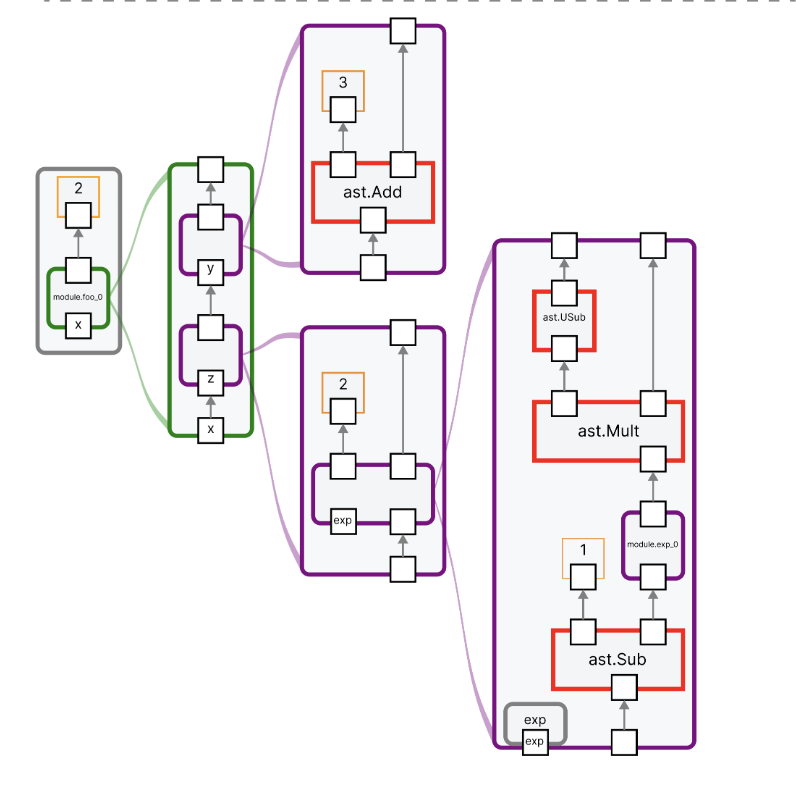Andreas S. 2025-05-05 14:49:09 📝 What If We Made Advertising Illegal?
What if we banned all advertising? Not regulate it—abolish it. This proposal would transform manipulation machines, and maybe save democracy itself. A thought experiment worth considering.
Spencer Fleming 2025-05-05 15:58:00 yes please ❤
, this is the first thing I would do if I could change any law. its
crazy to me what percent of human effort is spent on something that does
not benefit society at All.
Walker Griggs 2025-05-05 16:31:03 Walker Griggs 2025-05-06 15:54:09 I was looking at hypothesis yesterday. I'm wondering if you can disable the social features?
Konrad Hinsen 2025-05-06 19:05:44 I don't know, but with some effort you can self-host everything, and then the social features are under your control.
Maximilian Ernestus 2025-05-07 22:10:29 Konrad Hinsen 2025-05-09 11:19:16 Marek Rogalski 2025-05-10 14:56:10 I do recommend taking a look at "Android's App Architecture" since it seems to merge both models successfully. Distinct Unix processes can hold references and pass messages to individual objects within each other's memory. They even maintain proper reference counts for GC. And each app's state is fully serializable. Then there is Java's hot reload for live app updates. Users don't have access to those mechanisms only because nobody bothered to build a UI yet. But the smalltalk-style OO/Unix OS not only already exists but is the most popular one out there.
Konrad Hinsen 2025-05-10 15:41:14 Kartik Agaram Right, that one is interesting as well!
But it misses a discussion of the reasons why these commitments are so widespread: (1) they create affordances in the form of readily usable tools and (2) they permit the large-scale coordination of development, and thus interoperable software.
If you are willing to give up both of these, nothing prevents you from writing your own software system from scratch, starting with a UEFI boot loader. The only commitments that still constrain you is byte-structured memory and the processor's instruction set.
Konrad Hinsen 2025-05-10 15:44:03 @Marek Rogalski Indeed! It's a pity that this OS is also extremely hostile to occasional and vernacular developers. Android SDK and Android Studio seem to be designed for gatekeeping.
Nilesh Trivedi 2025-05-10 06:51:27 I stumbled upon this solution to the problem of visualizing large compound graphs (where nodes can be nested inside each other): arxiv.org/abs/2408.04045
📝 An Overview + Detail Layout for Visualizing Compound Graphs
Compound graphs are networks in which vertices can be grouped into larger subsets, with these subsets capable of further grouping, resulting in a nesting that can be many levels deep. In several applications, including biological workflows, chemical equations, and computational data flow analysis, these graphs often exhibit a tree-like nesting structure, where sibling clusters are disjoint. Common compound graph layouts prioritize the lowest level of the grouping, down to the individual ungrouped vertices, which can make the higher level grouped structures more difficult to discern, especially in deeply nested networks. Leveraging the additional structure of the tree-like nesting, we contribute an overview+detail layout for this class of compound graphs that preserves the saliency of the higher level network structure when groups are expanded to show internal nested structure. Our layout draws inner structures adjacent to their parents, using a modified tree layout to place substructures. We describe our algorithm and then present case studies demonstrating the layout's utility to a domain expert working on data flow analysis. Finally, we discuss network parameters and analysis situations in which our layout is well suited.

Marek Rogalski 2025-05-10 07:17:44 Thank you for sharing. I expect this will become immediately useful for my spaghetti problems.
Andreas S. 2025-05-10 08:18:25 📝 :snail: Slow Software for a Burning World :fire:
In a world of “move fast and break things,” we’ve chosen a different tempo — one rooted in care, deep listening, and collective stewardship. Slow software means building for long-term resilience and meaningful participation, rather than chasing novelty, speed, or scale.
Roma Komarov 2025-05-10 12:44:11 I think they're just preparing to launch it, so it is unlikely someone had an opportunity to meaningfully test it.
So far, it sounds like a modular framework on top of activity pub, with a focus on collaborative governing of your community's “instance”.
The best part: it is still a part of Fediverse, so it both builds on top of it, and shows what else can be done with it.
As plain and “value-less” Mastodon could seem — because it is a part of the Fediverse, it gives power to projects like this just by its and its user base existence — people are mostly free to move between instances and projects on the Fediverse without losing the contact with their existent communities, so it is much easier to build projects like this one, I guess.
Konrad Hinsen 2025-05-10 18:45:05 I have followed it a bit, mostly for their interest in supporting Open Science (see openscience.network/about). "Plugins on top of ActivityPub" sounds like a good enough summary of what I have seen, if you focus on the technology aspect.
📝 About · Open Science
We are a network of scientists, developers and organizations building the next generation of digital spaces for open science.

